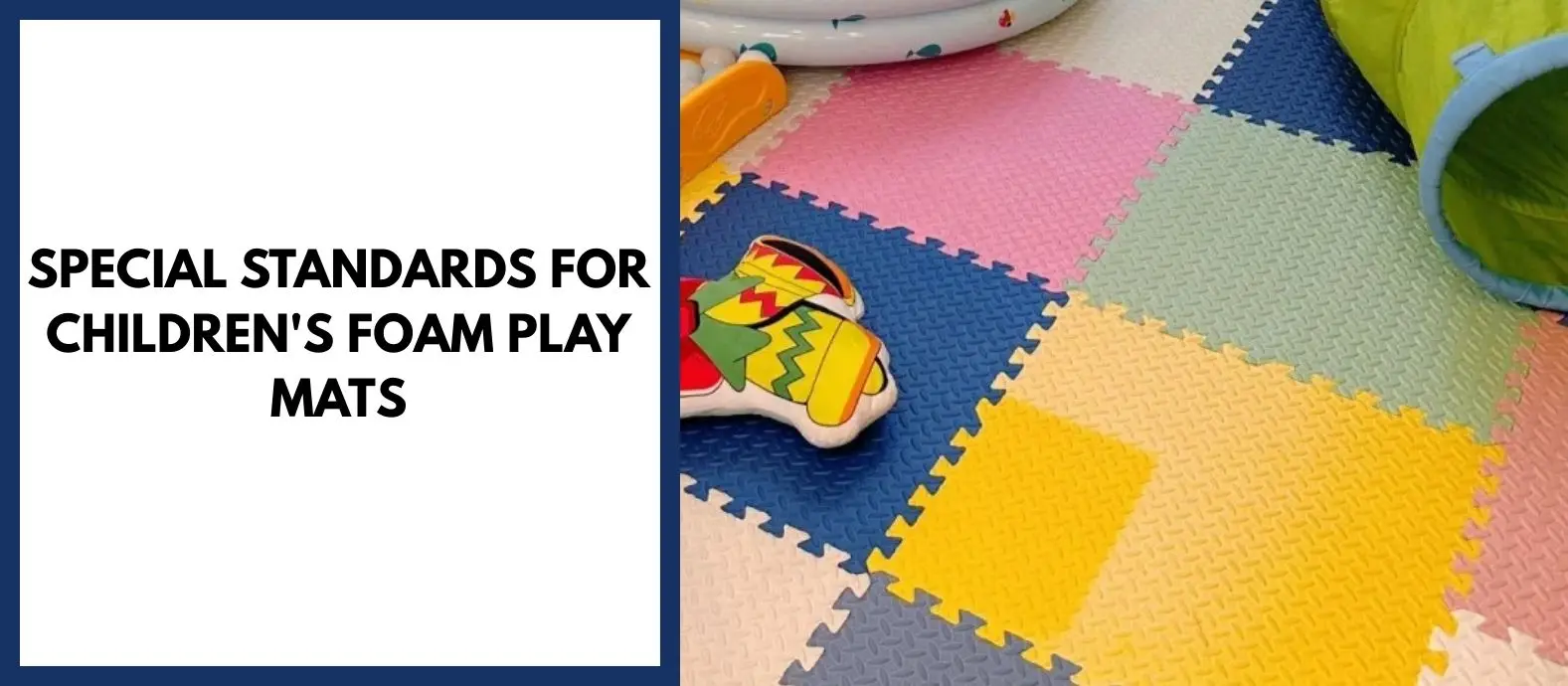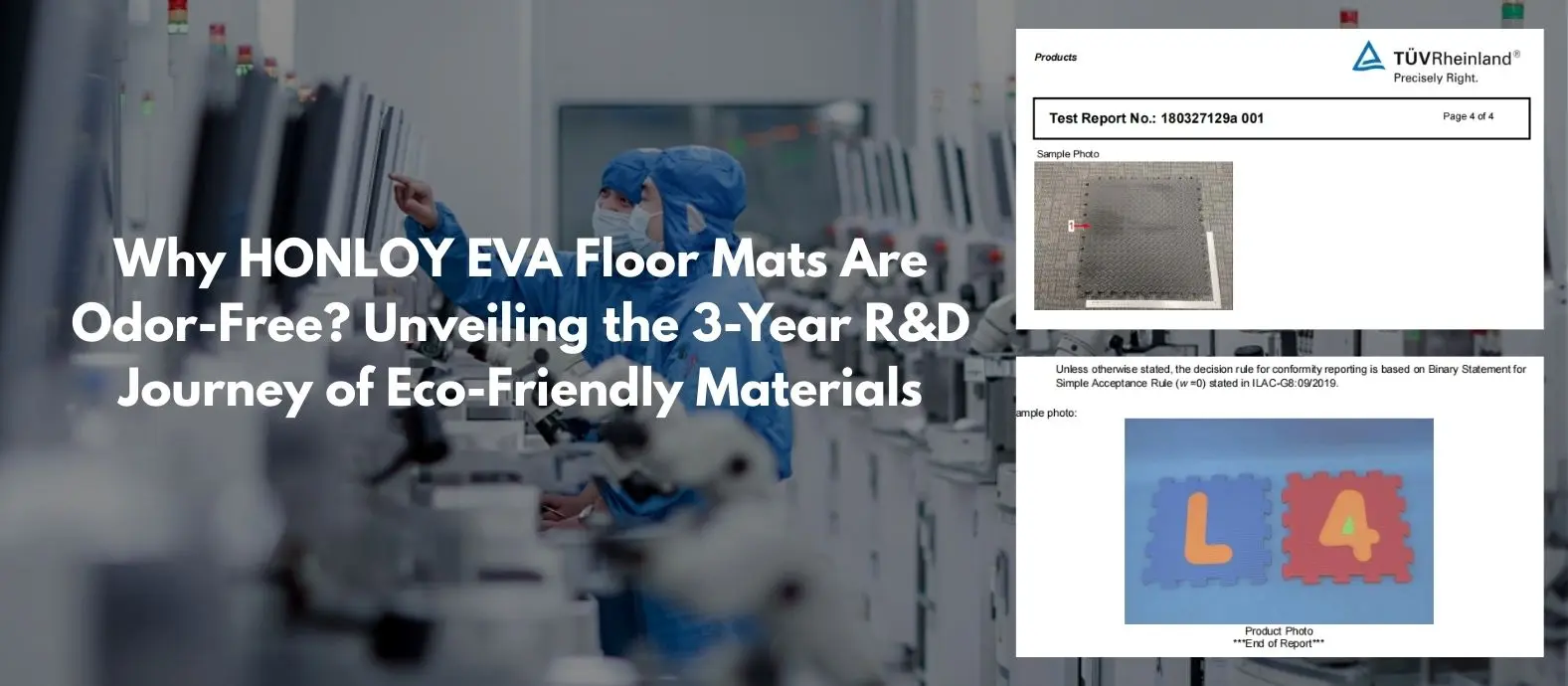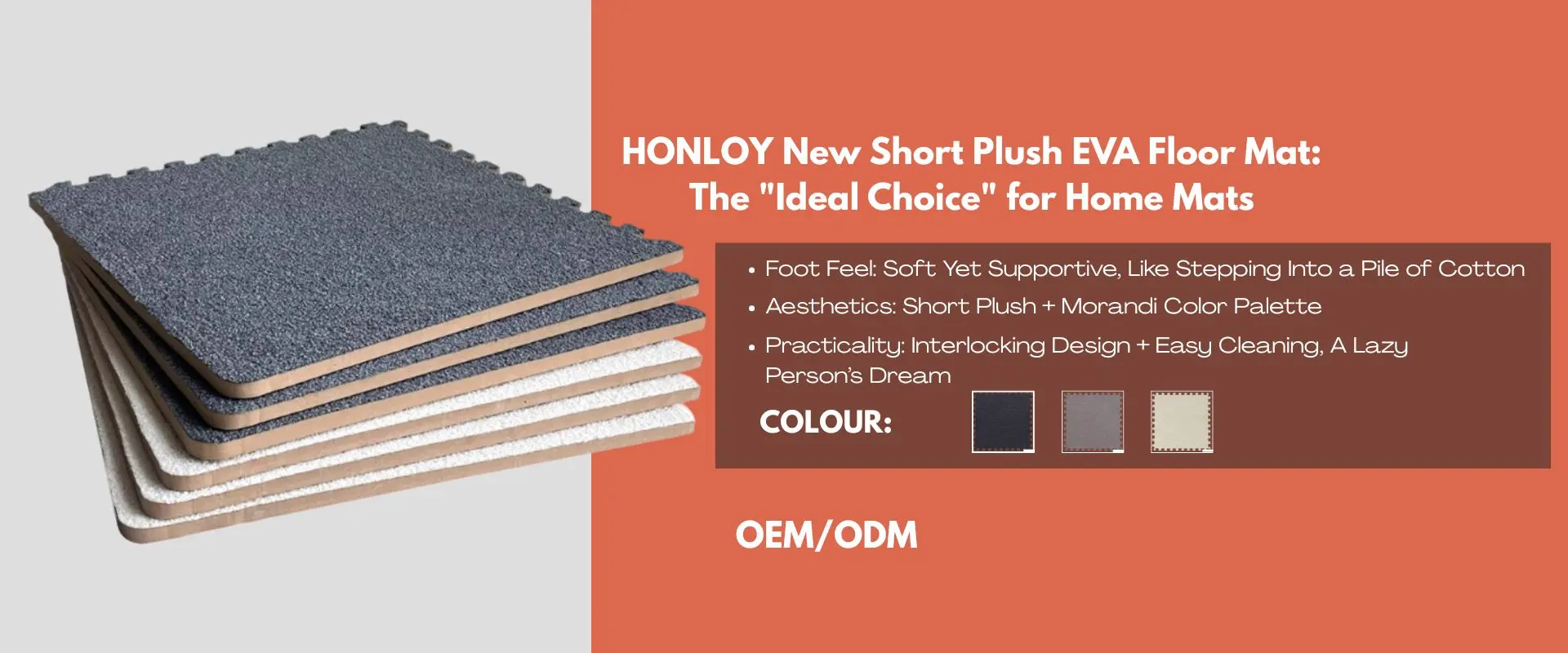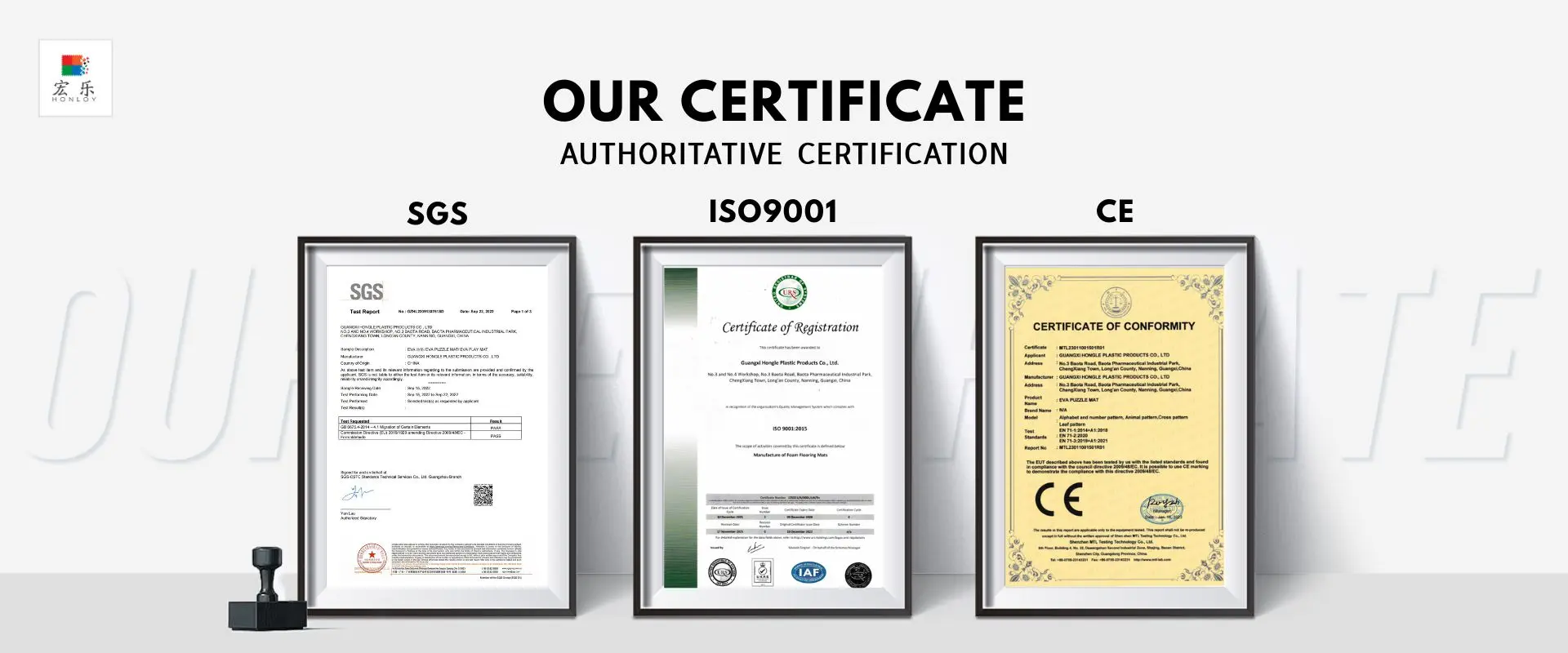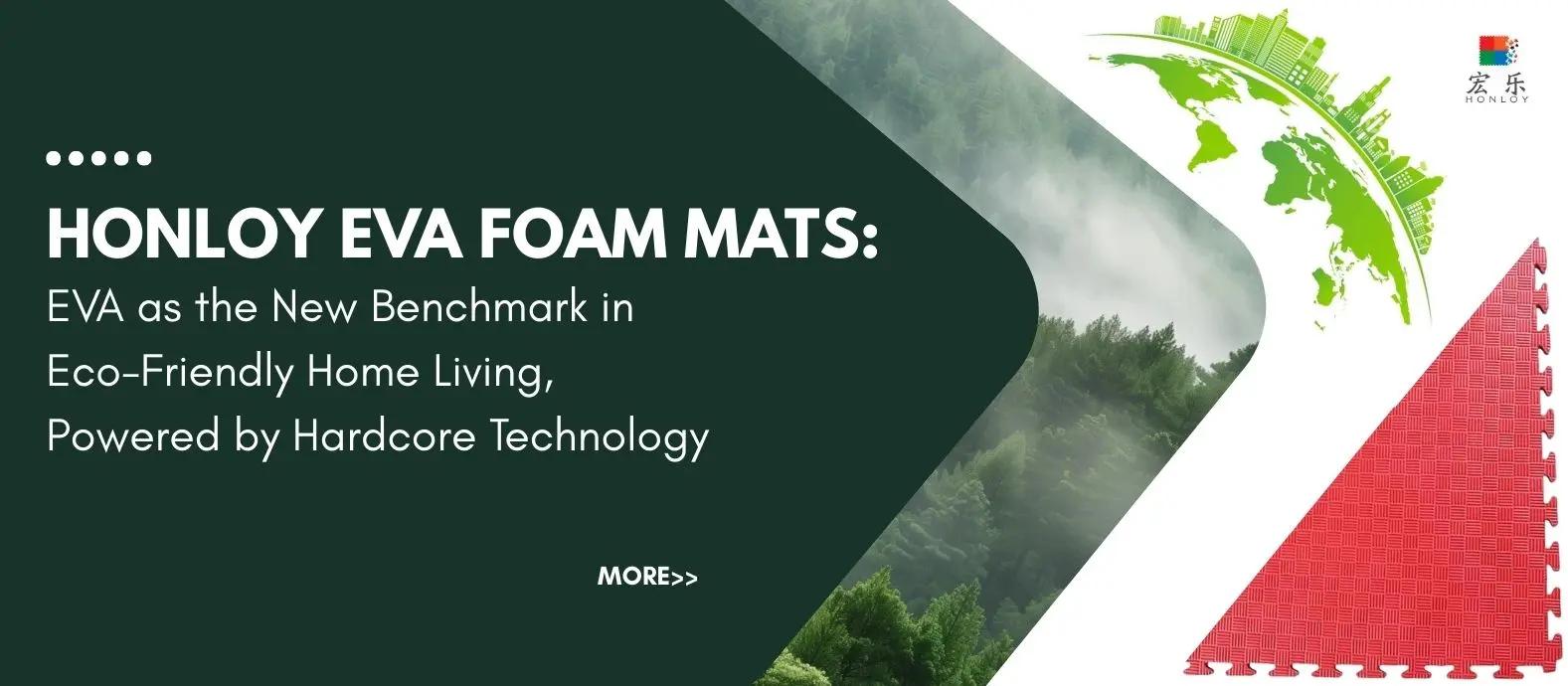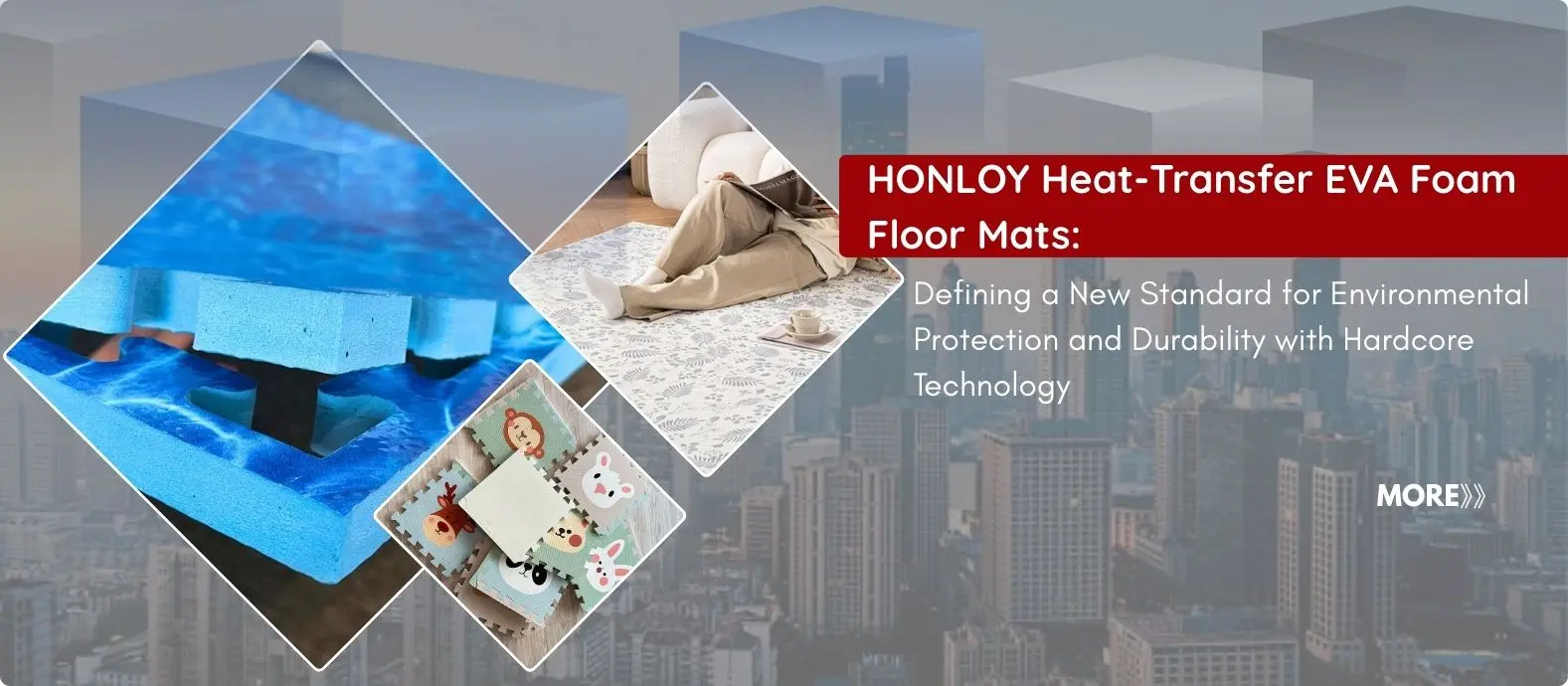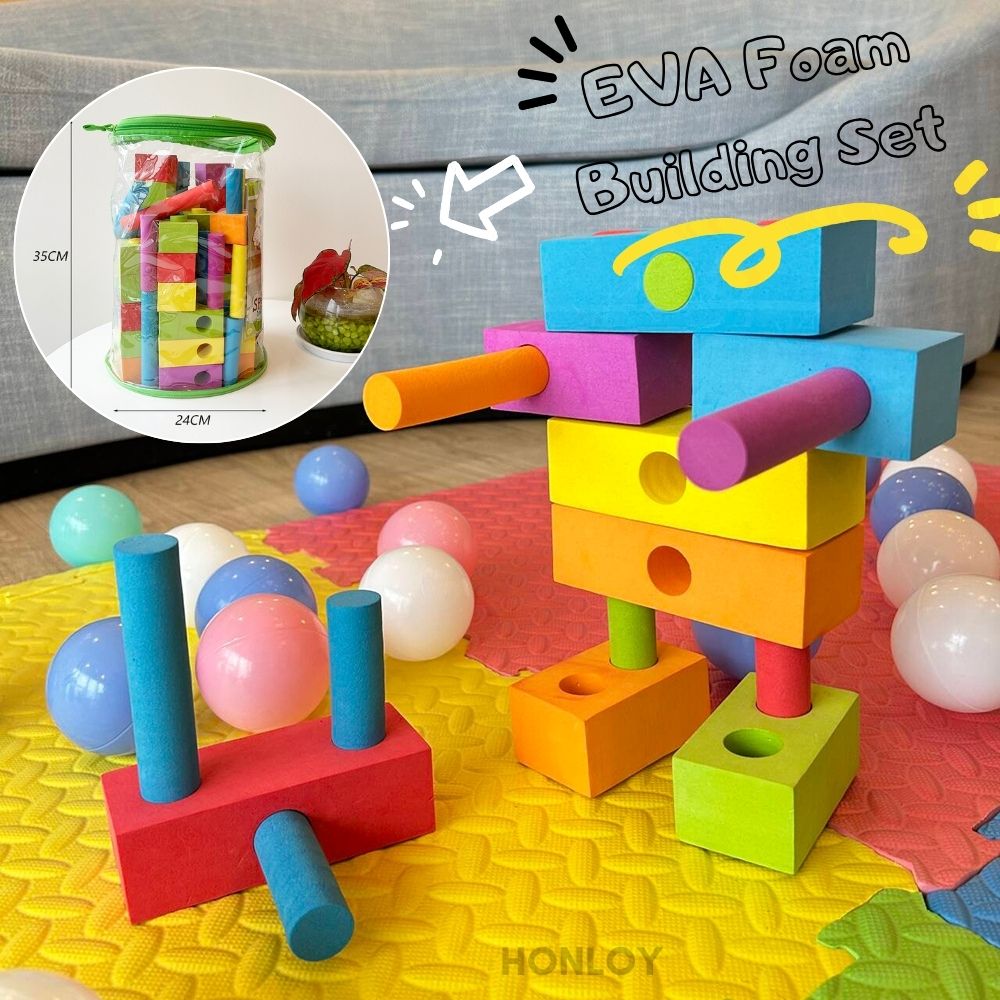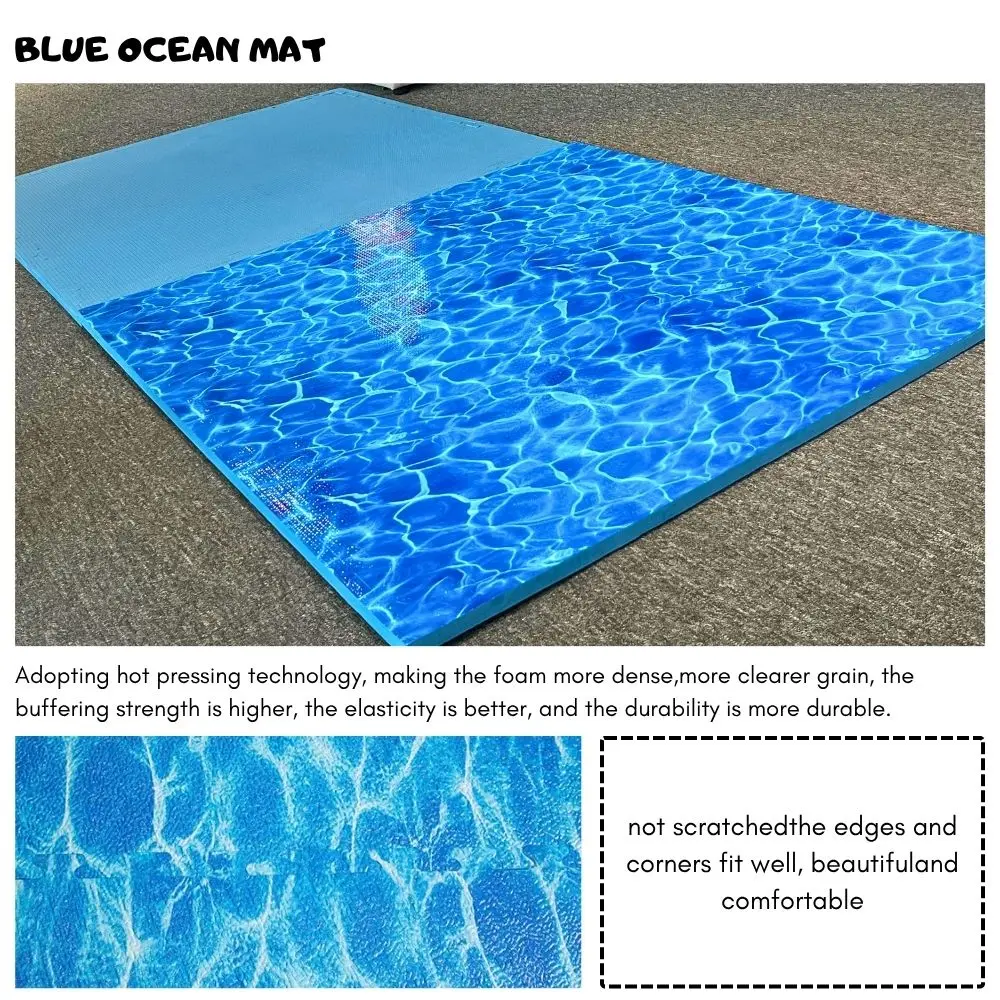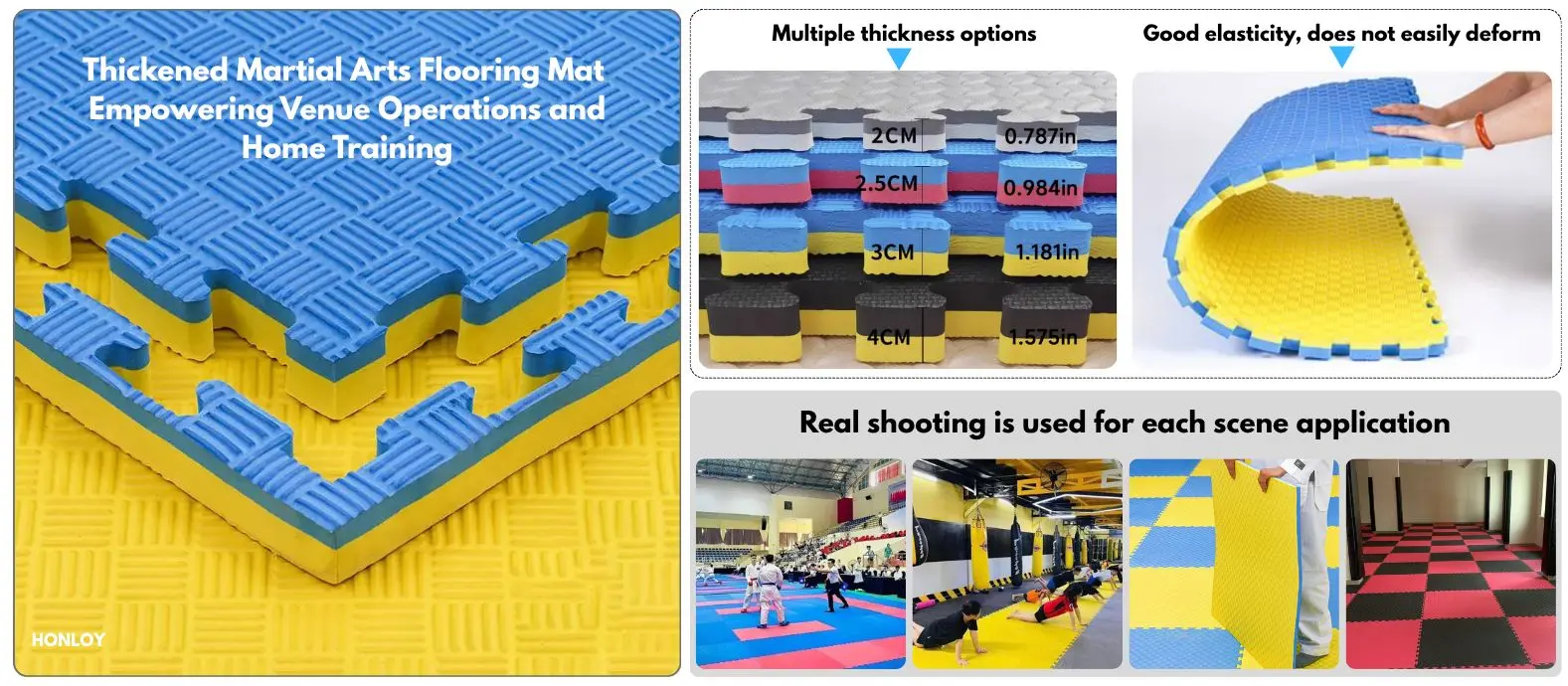Ensuring Quality in EVA Foam Mat Manufacturing: The Role of Inspection Tools
In the competitive world of manufacturing, ensuring product quality is paramount. For manufacturers of EVA (Ethylene-Vinyl Acetate) foam mats, this involves rigorous testing and inspection at every stage of production. The tools shown in the image are crucial for maintaining high-quality standards. Let’s explore how these tools contribute to quality assurance.
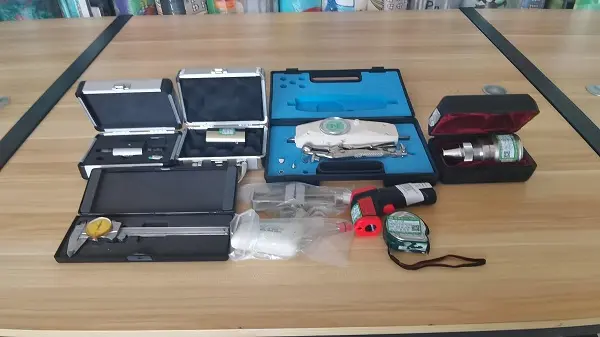
- Visual Inspection
Tools: Calipers, micrometers, and other precision measuring instruments.
Purpose: To check the physical dimensions and surface quality of the EVA foam mats. This includes verifying thickness, uniformity, and the absence of defects such as cracks or bubbles.
- Density Measurement
Tools: Precision scales and density calculators.
Purpose: To measure the density of the foam, which is critical for its performance characteristics. A consistent density ensures that the foam provides the expected cushioning and durability.
- Compression Testing
Tools: Compression testers.
Purpose: To evaluate the resilience and firmness of the foam. This test helps determine how well the foam will withstand pressure and recover after compression, which is essential for Floor Mats used in various environments.
- Tensile Strength Testing
Tools: Tensile testing machines.
Purpose: To assess the strength and elasticity of the foam. This test measures how much force the foam can withstand before it tears or breaks, ensuring it meets the necessary durability standards.
- Chemical Analysis
Tools: FTIR spectroscopy or XRF analysis equipment.
Purpose: To verify the chemical composition of the foam and ensure it does not contain harmful substances. This is particularly important for products used in sensitive environments like childcare centers or healthcare facilities.
- Thermal Stability Testing
Tools: Ovens and temperature-controlled chambers.
Purpose: To ensure the foam maintains its integrity under extreme temperatures. This test helps confirm that the foam will not soften, harden, or degrade when exposed to varying temperatures.
- Documentation and Compliance
Tools: Data recording devices and software.
Purpose: To document all test results and compare them with industry standards and product specifications. This ensures traceability and compliance with regulatory requirements.
By systematically using these tools, factories can ensure that their EVA foam mats meet the highest quality standards. Regular inspections and tests help identify potential issues early, allowing for timely corrective actions and continuous improvement in the manufacturing process.




